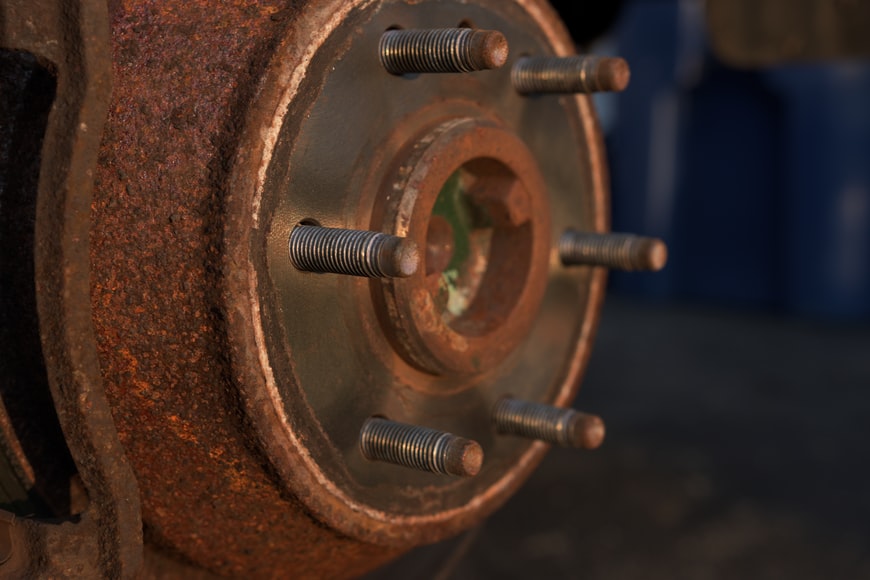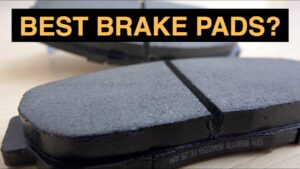Rear-wheel drive (RWD) is also known as Back tire drive which is a type of motor and transmission design utilized in engine vehicles, where the motor drives the rear tires only. The most well-known format for a back tire drive vehicle is with the motor and transmission at the front of the vehicle, mounted longitudinally. Different formats of back tire drive vehicles incorporate front-mid motor, back mid-motor, and back motor.
During substantial speed increase when the heaviness of the vehicle is moved to the back hub, back tire drive vehicles give better foothold as opposed to FWD vehicles. The utilization of a front-mounted motor with RWD assists with accomplishing a superior weight circulation of the vehicle. On account of the reasonable weight conveyance, the dealing with and slowing down of the vehicle improve. As the driveline parts are situated at the backside of the vehicle, the motor gets plentiful space for mounting. In this manner, likewise improving admittance to it. Brake caliper get-together may be trapped/tight making the cushions get the rotor is the reason that why rear wheel getting hot.
Table of Contents
What Happens If Rear Wheel Getting Hot?
The warmth of summer can do a lot of insane things. It can sear an egg on the walkway. It can make your skin break out. Goodness and warmth can make your tires detonate. At the point when temperatures take off throughout the mid-year, you’re bound to have a tire victory.
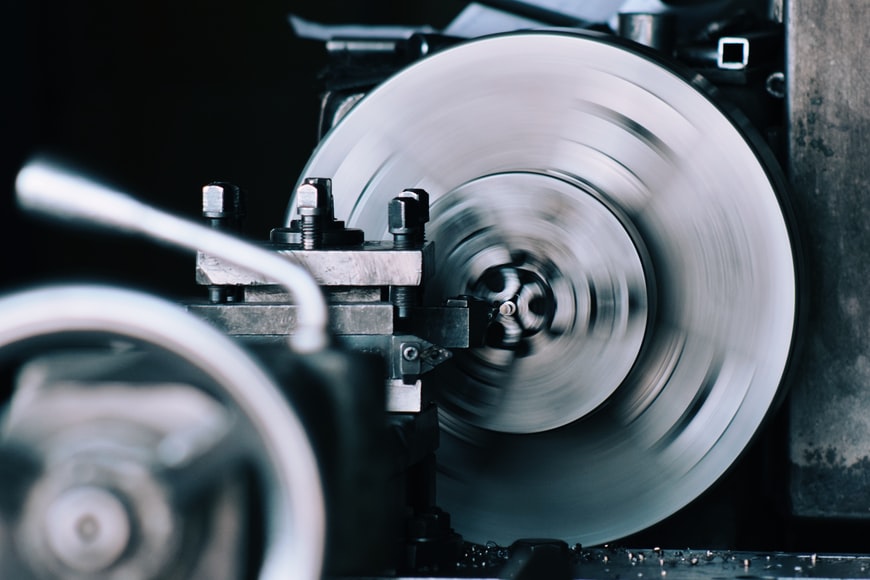
Heat can hugely affect your tires. The pneumatic force in tires increments as the temperature goes up. Researchers have sorted out that for every 10 degrees (Fahrenheit) that the temperature rises the tire pressing factor will increment by one pound for every square inch (PSI). It doesn’t seem like a lot, yet there’s commonly just 30-35 PSI in the tires of traveler vehicles. A couple of pounds of gaseous tension can have a major effect. A major distinction can make a tire pop. Regardless of whether it doesn’t give out, over-expansion can make a tire rashly wear and meddle with slowing down. There are three things having an effect on everything when the heat causes pneumatic stress to construct:-
1. Hot Molecules
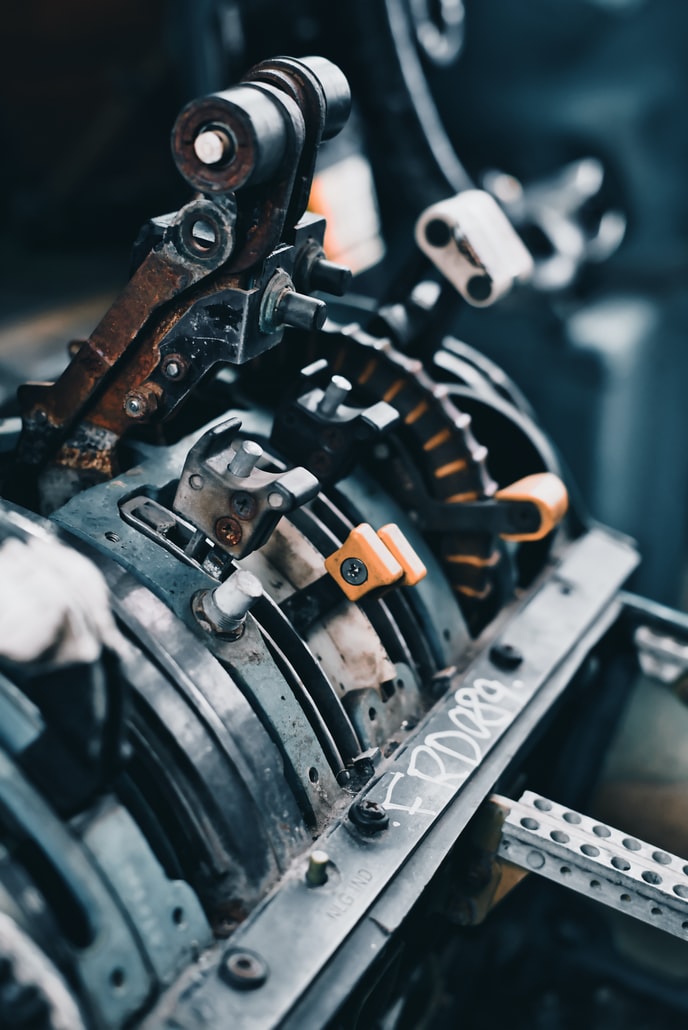
All materials are comprised of iotas and atoms. At the point when particles get hot, they begin to vibrate seriously. The vibration causes extension. Being that there are atoms noticeable all around, it’s straightforward why air-filled tires grow in the mid-year heat.
2. Friction
Friction is the power that opposes motion between two contacting and moving articles or surfaces. As well as easing back down or halting development, grating additionally makes the moving items or surfaces heat up or make sounds. As you drive as it were your tires are scouring against the black-top. This produces a decent lot of friction, and grinding makes heat that makes your tires significantly more smoking throughout the late spring.
3. Rubber
The third piece of the trifecta is the thing that tires are made of rubber. Elastic particles are connected together in long, bending chains (polymers). At the point when polymers vibrate, they contract as opposed to extending. Tire rubber is made with the goal that the polymers can’t loop in on themselves, however, everything has a limit. Consider an elastic inflatable. On the off chance that you continue to blow air into it in the end it will explode. Exactly the same thing can happen to a tire when it’s hot out.
How To Prevent The Wheel From Getting Hot?
If your Rear wheel getting hot after 20 miles of driving, the wheel, center, and brake circle are warm/hot to the touch and steam when water is applied. It’s not steaming from the brake circle however which isn’t more sizzling than the center point and is free moving. The handbrake is free running when the vehicle is lifted and there are no crushing clamors from the bearing that I can hear when hand-turned/no squirm to it when given a pull. Safe driving starts with taking a state-supported driver’s ed course, understanding the guidelines of the street, and keeping up your vehicle. There’s no way around the warmth, yet there are steps you can take to stay away from a tire victory during your following summer drive. The steps are given below:-
Step 1
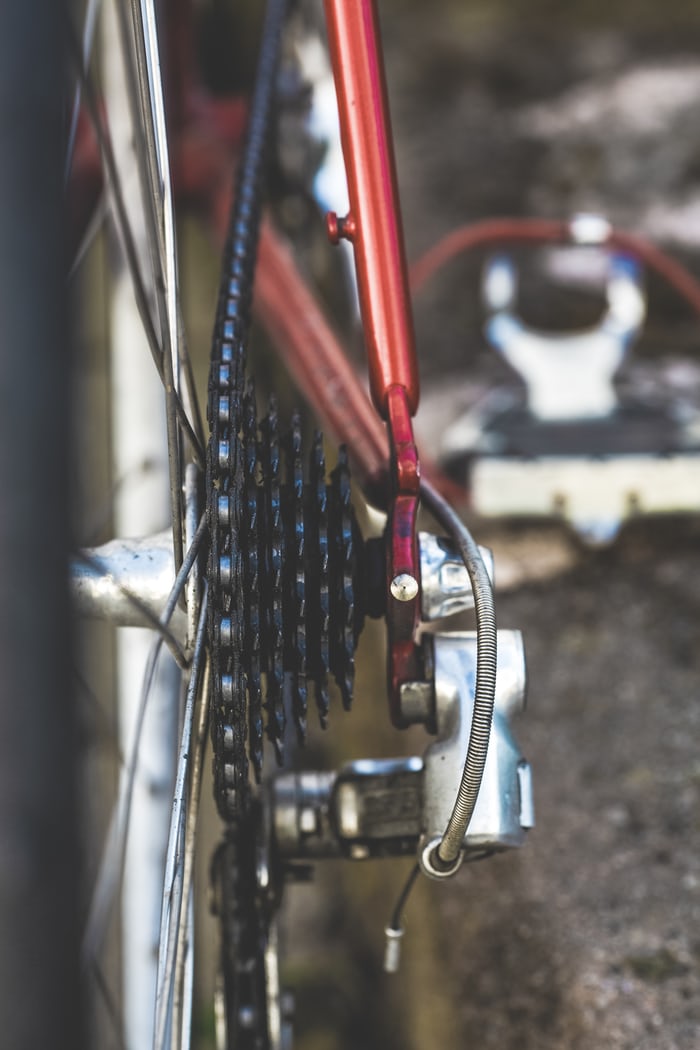
Keep Your Tires Properly Inflated. Safe street driving necessitates that tires have a specific measure of pneumatic stress. What’s viewed as the legitimate measure of pneumatic stress changes relying upon the vehicle you drive. Go with the vehicle maker’s suggestion, which ought to be noted within the driver entryway and proprietor’s manual. Be mindful so as not to confound the “suggested” sum with the “greatest” sum recorded on the actual tire.
Step 2
Watch out for the Air Pressure in the Tires. Measure the gaseous tension with a check before you start driving. Check it again at regular intervals or 100 miles on the off chance that you think overinflation is an issue.
Step 3
Try not to Drive Until Your Tires Cool Down. You may think the best thing to do is allowed a little air to out the tires so you can continue to go as it were. Wrong! In the event that you let the air out you risk driving on tires that are under-expanded, which is similarly hazardous. The best thing to do is endure it until the tires cool off.
Step 4
Replace Worn Tires. In the event that your tires are as of now worn ragged, they’re more inclined to a victory. Consider getting “summer tires” that are intended to deal with better in high temperatures.
Step 5
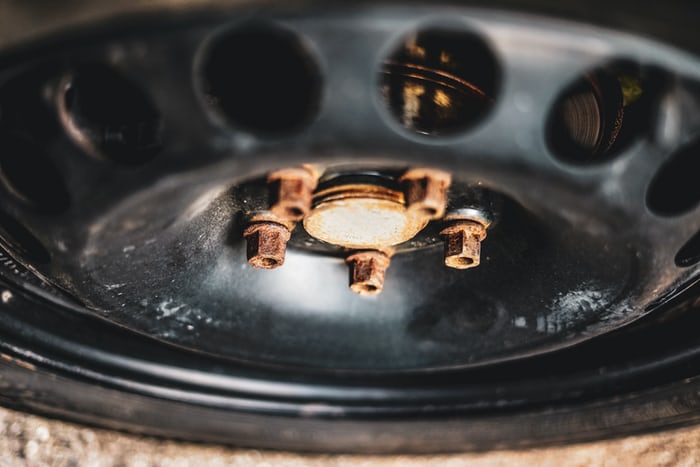
Clean and Treat Wheels. Treating your tires with a wax-based item can hold them back from drying out, which diminishes the chance of victory.
Step 6
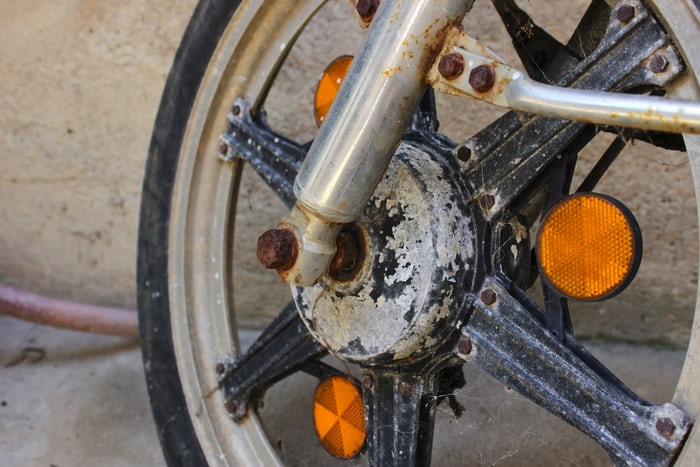
Focus on the Load Weight. The more stacked down your vehicle is the more weight there will be on the tires, improving the probability of a victory.
Step 7
Stay Within the Speed Limit. The slower you go the less rubbing there will be. Less erosion implies less heat.
How Much Does A Wheel Balance Cost?
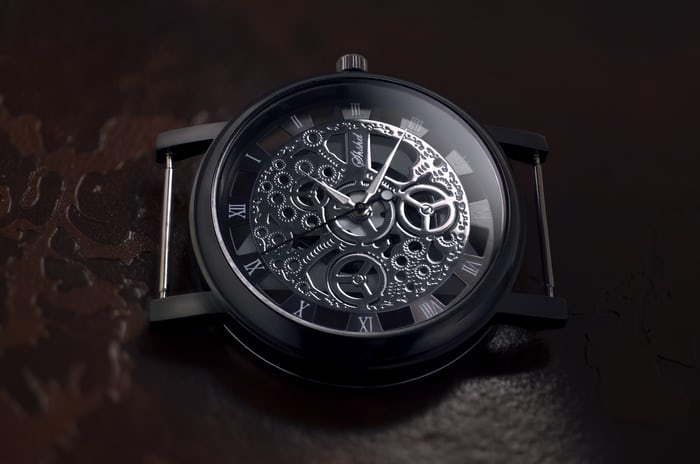
The expense of a wheel arrangement fluctuates relying upon the auto shop and the vehicle, yet it’s ordinarily between $100-$200. A regular wheel surplus helps costs somewhere in the range of $15–$50 per tire.
Frequently Asked Questions:
So,here are some.of the frequently asked questions about what causes a rear rim to get hot , why are my wheels hot after driving etc?-
What causes a rear rim to get hot?
Why Are My Wheels Hot After Driving?
Should Your Rims Be Hot After Driving?
Why Does My Back Wheel Smell Like Burning?
Is It Normal For Rotors To Be Hot After Driving?
Does A Bad Wheel Bearing Get Hot?
Is It Safe To Drive With A Stuck Caliper?
Conclusion
There are a couple of reasons for rear wheel getting hot that a caliper cylinder may neglect to withdraw and there is additionally the likelihood that the warmth is being created by a faltering wheel bearing. On the off chance that the issue is brake-related, pressure in the line may be neglecting to deliver (because of a line flaw like a blockage), the cushions may be stuck or restricted in the force plate and there could be issues with the sliding pins in the force plate.
Additionally, you’ll need to check for a stopping brake get-together that is neglecting to withdraw at that wheel position. To get a fast goal of this, you can demand a brake assessment and a guaranteed technician will come right to your area.

